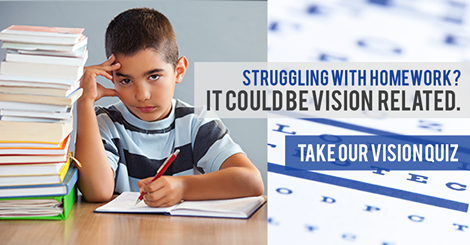 What Are Primitive Reflexes?
What Are Primitive Reflexes?
Many people who have cared for an infant are familiar with primitive reflexes: Turn an infant’s head to one side and the arm and leg on that side turns in the same direction (Asymmetric Tonic Neck Reflex). Stroke an infant’s low back on one side and their side muscles instantly contract (Spinal Galant Reflex). Surprised by a sound, the infant instantly spreads their hands wide, throws their head back, and opens their eyes widely (Moro Reflex). Doctors often gauge the development of the child by the orderly progression of these reflexes.
Under optimal circumstances all reflexes “initiate” during the appropriate stage of the child’s development, “integrate” themselves as a fully functioning reflex, and then “inhibit” or fall away when it’s time to move on to the next developmental stage. It is vital that this occurs. If various reflexes fail to initiate, integrate and inhibit, the system is locked into a developmental holding pattern that prevents natural maturation of neural systems, inevitably leading to mild through severe learning and performance challenges.
Retained Reflexes Lead to Learning Challenges
For children, these challenges show up clearly in the classroom, where it is hard for them to keep up with grade level expectations for academics and behavior. Those children most able to cope develop techniques for compensation. They just get by or succeed with great effort. Those children who are least able to cope often end up in specialized classrooms or alternative schools. They are at high risk for behavior and attitude problems, most often due to years of sheer frustration.
Children and teens with reflex challenges grow into adults with reflex challenges.
They may end up with limited career choices, or may simply have to work extremely hard for each success. In any case, the common denominator is the need for struggle and effort against the invisible pull of these reflexes.
Compensation Takes Great Effort
Throughout our lives we strive to compensate for any of these reflexes that may still be present. This compensation takes a tremendous amount of energy. Under stress, those with retention of these reflexes, simply run out of energy to compensate and are less able to cope.
As a person ages, the energy to continue these automatic compensations becomes less and less available and the reflexes themselves begin to reappear in reverse order. As this happens, abilities fade and frustration emerges because of the tremendous effort required to do familiar tasks.
Why Test for Primitive Reflexes in a Behavioral Optometric Examination?
Because the symptoms of retained primitive reflexes are so similar to the symptoms of a learning-related visual problem, it is very important that we test for them as well. If any primitive reflexes are present or retained they can limit the amount of improvement that is gained from a vision therapy program unless certain modifications are made to its implementation.
Symptoms of the Primitive Reflexes that relate to Behavioral Optometry
Moro Reflex:
- Vestibular problems: motion sickness, poor balance and coordination.
- Physical timidity.
- Eye movement and visual perceptual problems such as lazy or crossed eyes.
- Stimulus bound effect – cannot ignore irrelevant visual material within a given visual field; the eyes tend to be drawn to the perimeter of a shape to the detriment of perception if there are internal features to the shape.
- Light sensitivity, difficulty with black print on white paper, tires easily under fluorescent lighting.
- Possible auditory confusion resulting from hypersensitivity to specific sounds (the child may have poor auditory discrimination skills and have difficulty shutting out background noise).
- Allergies and lowered immunity; i.e. asthma, eczema, or a history of frequent ear, nose, and throat infections.
- Adverse reaction to drugs.
- Poor stamina.
- Dislike of change or surprise; poor adaptability.
Asymmetrical Tonic Neck Reflex (ATNR):
- Balance may be affected as a result of head movements to either side.
- Homolateral instead of normal cross-pattern movements (i.e. when walking, marching, skipping, etc.)
- Difficulty crossing the midline.
- Poor ocular “pursuit” movements, especially at the midline.
- Mixed laterality (child may use left foot, right hand, left ear, or he/she may use left or right hand interchangeably for the same task).
- Poor handwriting and poor expression of ideas on paper.
- Visual-perceptual problems, particularly in symmetrical representation of figures.
Symmetrical Tonic Neck Reflex (STNR):
- Poor posture.
- Tendency to slump when sitting, particularly at a desk or table.
- Simian (ape-like) walk.
- Poor eye-hand coordination, messy eater, clumsy child syndrome.
- Difficulties with readjustment of binocular vision (child cannot change focus easily from blackboard to desk).
- Slowness at copying tasks.
- Poor swimming skills.
Spinal Galant Reflex:
- Fidgeting.
- Bedwetting.
- Poor concentration.
- Poor short-term memory.
- Hip rotation to one side when walking.
Tonic Labyrinthe Reflex:
- Poor posture and/or stooping.
- Hyoptonus (weak muscle tone).
- Vestibular-related problems (i.e. poor sense of balance, carsickness).
- Dislike of sporting activities, physical education classes, running, etc.
- Eye movement, visual perceptual, and spatial problems.
- Poor sequencing skills.
- Poor sense of time.
- Poor organization skills.
